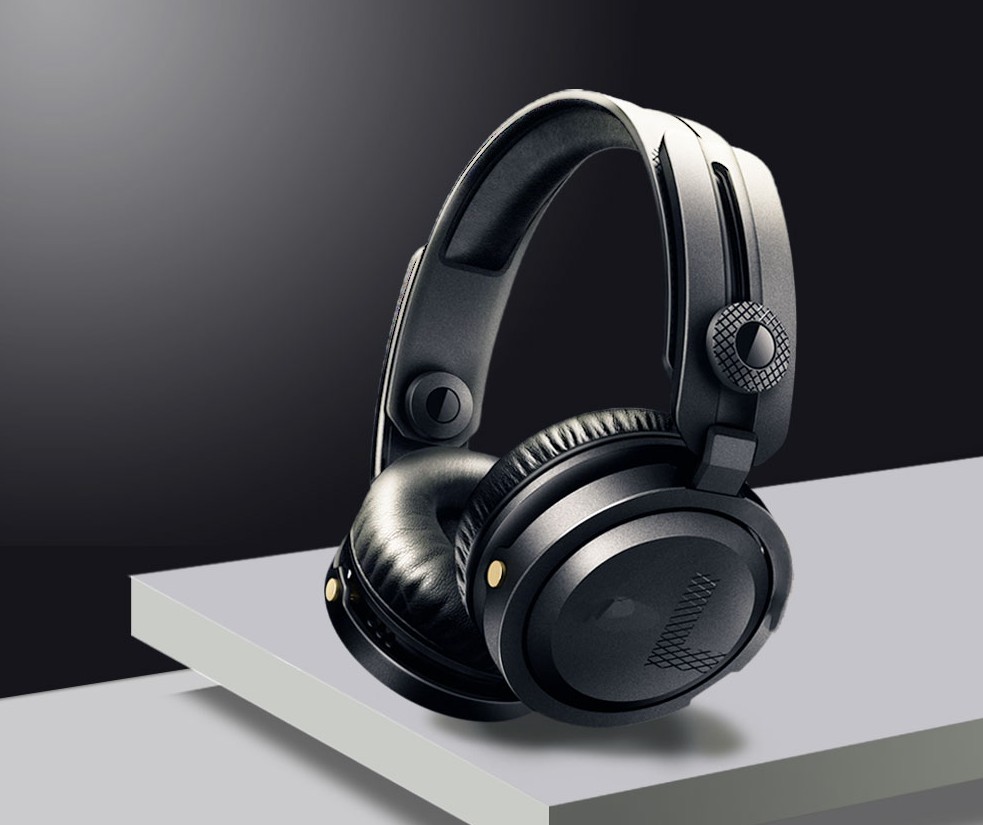Computing in Memory: Revolutionizing the Headphone Industry
For decades, headphones have been a crucial tool for people from all walks of life. From listening to music and podcasts to gaming and taking calls, headphones have become an indispensable accessory for many individuals. However, with advancements in technology, it's time to take headphones to the next level. This is where the concept of computing in memory comes in. Computing in memory (CIM), also known as in-memory computing, is a new technology that merges memory and processing capabilities into one device, offering significant speed and efficiency improvements over traditional computing architectures.
The ability to integrate processing power and memory into a single device has enormous implications for the headphone industry. The technology opens up new possibilities for real-time audio processing, including noise reduction, equalization, and spatial audio, leading to a significant improvement in the overall listening experience. CIM technology allows for the integration of advanced processing algorithms directly into the headphone's memory itself, resulting in greatly reduced latency and enhanced audio quality.
Computing in Memory technology offers other significant advantages over conventional headphone designs, including a vastly reduced power consumption, which translates to longer battery life. Without needing to transfer data back and forth between memory and a separate processor, headphones equipped with CIM technology can perform complex calculations and algorithms quickly and without generating excessive heat or draining the battery.
One of the most significant areas of application of CIM technology in the headphone industry is the potential for intelligent virtual assistants. Integration of artificial intelligence (AI) software, such as Siri or Alexa, directly into the headphone's memory can enable users to perform voice commands without having to rely on an internet connection. This approach removes one significant hurdle to making headphones an interactive device rather than a passive one. As such, possibilities become available for more advanced functionality concerning user experience and device utility.
Finally, CIM-equipped headphones offer advantages in terms of security, which can significantly benefit businesses. The inherent security benefits of CIM technology arise from its ability to handle data locally without the need to store it in the cloud or transfer it through vulnerable communication channels. This makes headphones with CIM technology better suited for confidential applications, such as enterprise or governmental use cases, where sensitive and private information requires additional protection.
In summary, CIM technology is set to revolutionize the headphone industry. This technology promises to provide shortened latencies, improved audio quality, longer battery life, and enhanced security. The ability to integrate advanced algorithms directly into the headphone's memory, coupled with AI software and an unlimited number of use cases, presents the headphone industry with endless opportunities. As this technology gains better footholds in the marketplace, expect to see headphones become more versatile, interactive, and useful for everyday life than ever before.

评论
发表评论